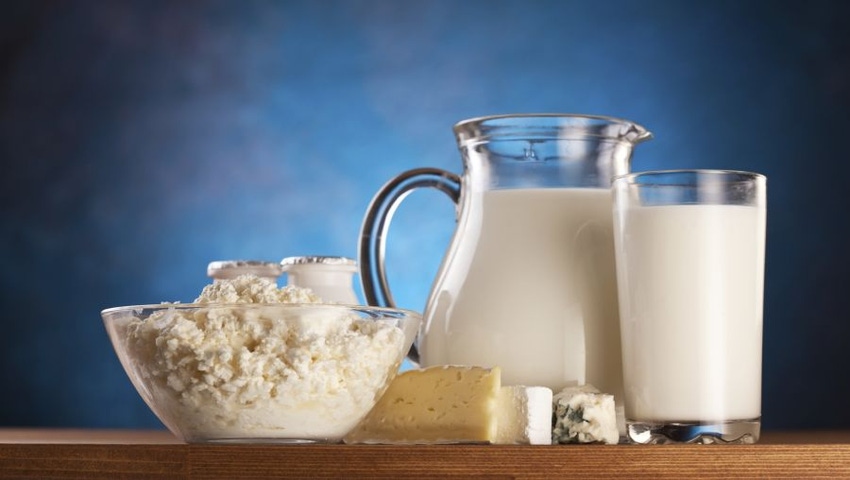Prices for Global Dairy Ingredients at 10-Year Low, Poised to Rise
The European Commission already is buying up skimmed milk powder through its Intervention Scheme to prop up the market, and it is expected to extend this measure to butter in the next few As soon as a market balance is achieved prices are almost certain to start rising again. This means now is the perfect time for food manufacturers in Europe to lock into a fixed-price deal for their dairy ingredients using a long-term pricing model.

Market prices for dairy commodities are currently at a 10-year low, and food manufacturers should lock into a long-term deal quickly before they rise again, cautioned Belfast-based Greenfields Ireland, one of Europe’s leading traders.
The European Commission already is buying up skimmed milk powder through its Intervention Scheme to prop up the market, and it is expected to extend this measure to butter in the next few As soon as a market balance is achieved prices are almost certain to start rising again. This means now is the perfect time for food manufacturers in Europe to lock into a fixed-price deal for their dairy ingredients using a long-term pricing model.
“Do this today, and it will be possible to benefit from low prices and insulate your business from the extreme price volatility that’s been a characteristic of the European dairy ingredients market over the past decade," said Ian Thomas, managing director of Greenfields Ingredients, the UK division of Greenfields Ireland.
“For companies in the bakery, confectionery and ready meals categories, which often use large volumes of dairy ingredients, this is an opportunity that’s simply too good to miss. Wait too long, however, and it could be too late. Intervention by the European Commission will take excess supplies of milk out of the market, and product prices will soon start to creep up."
Dairy ingredients are cheap right now because there’s too much milk in the market and not enough demand for it. In Europe this has been caused largely by the abolition of milk quotas, which previously put a cap on how much milk dairy farmers were allowed to produce. With EU-wide quotas consigned to history, dairy commodities are exposed to free market forces—and right now those forces have sent prices crashing to the floor.
Prices will not stay low for long. “Now is the time to consider locking into a long-term pricing model," Thomas said. “This will give you the assurance of knowing that when prices eventually rise, which we expect them to do in the second half of 2016, the price you pay for your dairy ingredients will be more favorable than that available on the market. Considering the pressure major retailers put on their suppliers to keep a lid on raw material costs, the peace of mind this offers could prove to be invaluable. While your competitors are pulling their hair out at the prospect of an upswing in ingredient prices, you’ll enjoy the benefits of cost protection."
“We are particularly anxious that bakers, confectioners and ready meal producers explore our pricing models before prices start to rise again," he said.
About the Author(s)
You May Also Like






.png?width=800&auto=webp&quality=80&disable=upscale)